Alex Gartenfeld of the Museum of Contemporary Art North Miami
by Sway Benns
“New Theater Bench (Wood),” (2012). Wood, paint, American fluorescent light, Venture Tek Core transformer, glass shot glasses, and resin. 53 x 137 x 30.6 centimeters. “New Theater Bench (Tile),” (2012). Wood, mortar, tile, grout, glass shot glasses, and resin. 53 x 137 x 30.6 centimeters. “New Theater Bench (Tile),” (2012). Wood, mortar, tile, grout, glass shot glasses, and resin. 53 x 137 x 30.6 centimeters. “Joe (New Theater),” (2012). Archival digital print in artist-made frame. 100 x 75 centimeters. Installation view. Courtesy the artists and Kunsthalle Bern, Bern.
“Photography and Eating,” (2013). Installation view. Variable dimensions. Courtesy the artists and the Museum of Contemporary Art, North Miami.
“Times Athens (6),” (2012). Archival digital print, frame, and white paint. 121 x 101 centimeters. Courtesy the artists and T293, Naples.
“Times Athens (Max),” (2012). Archival digital print, frame, and white paint. 64 x 58 centimeters. Courtesy the artists and T293, Naples.
Alex Gartenfeld of the Museum of Contemporary Art North Miami
All Ages and Races, Real Sweet Faces.
The Love of Technology exhibition (on view September 27th–November 3
rd
) at the Museum of Contemporary Art, North Miami, was the museum’s first curatorial offering from Alex Gartenfeld—the newly minted interim director and chief curator. Included in the exhibition of recently commissioned and site-specific works; duo Max Pitegoff and Calla Henke, who Gartenfeld (an art critic and former senior editor at Art in America and Interview magazine) selected to appear within these pages. Their work, Gartenfeld notes, “has to do with these laboratory spaces that have popped up all over Berlin.” For their exhibition piece “Photography and Eating,” Max and Calla researched 60 of the small tech-based companies (commonly known as start-ups in the U.S.) in Germany’s capital city where, Alex explains, they are “quite new, and still a novelty.”
The Love of Technology was your first curatorial show at MoCA North Miami. What was your personal objective for the exhibition and how it showcased you as a curator at MoCA NOMI? Technology is a ubiquitous subject. IT is addressed in many exhibitions, particularly in ways that address a certain type of futurism or post-humanism. I was really trying to get beyond some of those considerations and look to the deeper influence of technology on artists working—not only in new media, but in traditional practices like painting, drawing, and sculpture. The result was research into Bruno Latour’s Aramis, or The Love of Technology. That particular text involves a proposed train system for the city of Paris, which failed for a number of reasons. The text describes some of the reasons that it does, and this exhibition looked to seek out some others related to privacy and the role of the body in these machines. A lot of the artists attacked the issues of privacy in the body by creating their own types of laboratories.
In the scope of the exhibition, do you feel that there is a positive or negative impact of those technologies? I think it is ambivalent. I think a lot of the artists were thinking about this promise of technology that has been contextualized throughout the 20th century, specifically the promise and the utopianism of a lot of early 20th century discussion of technology. A lot of the artists in the exhibition—particularly Jason Galbut (a Miami-based painter) and Lena Henke (a sculpture from Frankfurt)—were looking at works that were riffing on technology in the mid-20th century—minimalism, or the paintings by Robert Rauschenberg or Jasper Johns—and thinking about some of the promise those materials seem to suggest, or some of the utopianism, and they were interpreting that material from a very different lens.
When viewing the exhibition, it struck me that the art seemed to be based in formalism. Typically when we see new media art, it doesn’t appear to be. The formalism of the work seems to lend itself to those utopian ideals. It’s a really interesting phenomenon, formalism. Formalism is this deeply modern way of both protecting the autonomy of the work and involving the materiality of the work in a kind of political economy. It’s a really interesting way to think about that material, and I think some of the artists in the exhibition do that.
How were you introduced to the work of Max and Calla? Their work is across media; photography, sculpture (you’ll see their text is printed on sculpture), and performance work. The work is not only across media; it also functions in different ways. It’s documentation, and then the material circulates online through these commercial structures. It’s a really complicated practice. But, for a few years, a lot of their work came out of this bar that they had created in Berlin called Times, in Neukölln. It was a popular bar for artists, and they were creating this abstract portraiture using painting and photography. I think a lot of what they think about is the oscillation of the community through documentation, or the way that an image might fix people in time and space. I think they were using abstraction as a way to disrupt some of those processes. In this newer series, they were using abstraction in a very different way—using it to give the companies what they wanted (which was portraits of the people who work there) but also to frustrate some of the desire and to introduce an element of chaos into that economic process.
Did you learn anything from this exhibition that you would like to take forward into your next exhibit? It’s interesting—you never know what you’re going to take away. Working with these artists is—I’ll explain in a straightforward way. In the next few years I’m organizing a number of solo exhibitions. Research with artists, working on solo exhibitions, and the studio visits that are required always leads to the more researched-based, theme-based work of the group shows. Currently I’m working on monographic shows and not any group shows.
Written by Sway Benns




